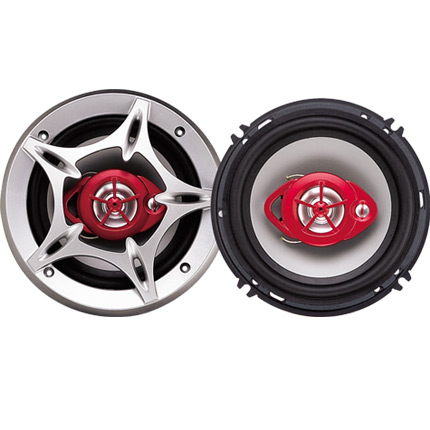transmission gear shift cable
Understanding Transmission Gear Shift Cables Importance and Maintenance
The transmission gear shift cable, an integral component of any vehicle's transmission system, plays a crucial role in facilitating smooth gear changes and ensuring optimal performance of the vehicle. This system is essential in both automatic and manual transmission cars, although its construction and operation may differ slightly between the two types.
What is a Transmission Gear Shift Cable?
The transmission gear shift cable is a flexible conduit that connects the gear shift lever inside the vehicle to the transmission itself. When the driver moves the gear shift lever, the cable transmits this movement to the transmission, enabling it to select the appropriate gear. In essence, the gear shift cable acts as a bridge between the driver's intentions (via the gear shifter) and the vehicle's transmission, which ultimately controls power delivery to the wheels.
Types of Gear Shift Cables
While there are various types of gear shift cables, they are primarily classified based on the type of transmission they serve
1. Automatic Transmission Shift Cables These cables connect the gear lever to the transmission and are responsible for sending signals that dictate when to change gears. In modern vehicles, some automatic transmissions also feature electronic components that work in tandem with the shift cable to enhance performance and efficiency.
2. Manual Transmission Cables In manual vehicles, shift cables link the shifter to the transmission linkage, allowing the driver to manually select gears. These cables experience more direct mechanical interaction than their automatic counterparts, making them critical for proper gear engagement.
Importance of Gear Shift Cables
The functionality of the gear shift cable is paramount for several reasons
- Smooth Gear Changes A well-functioning shift cable ensures seamless transitions between gears, contributing to a more enjoyable driving experience. Conversely, a faulty cable can lead to harsh shifting, erratic gear selection, or even transmission damage.
transmission gear shift cable

- Safety An unreliable gear shift can pose significant safety risks. For instance, if the driver cannot shift gears effectively, it could lead to challenges while accelerating, decelerating, or merging into traffic.
- Performance For car enthusiasts, the performance of the vehicle is often linked to the efficiency of the transmission system. A properly adjusted and maintained gear shift cable can enhance acceleration, fuel economy, and overall responsiveness.
Signs of a Faulty Gear Shift Cable
Drivers should remain vigilant for signs that may indicate a problem with the gear shift cable
1. Difficulty Shifting Gears If moving the gear shift lever requires excessive force or if it feels stuck, it may be a warning sign of cable damage.
2. Unresponsive Gear Changes If there is a delay or a complete failure in the transmission engaging a selected gear, the cable may need to be inspected.
3. Visible Wear and Tear Inspecting the cable for fraying, corrosion, or other signs of physical damage can prevent more significant issues down the road.
Maintenance and Care
Proper maintenance of the transmission gear shift cable is crucial for enhancing its lifespan and efficiency. Regular inspections, along with timely replacements if wear is detected, can circumvent many common issues. Ensuring that the cable is well-lubricated and properly adjusted is also essential, as it helps maintain its responsiveness and reduces the likelihood of wear.
In conclusion, the transmission gear shift cable is a pivotal component that ensures the smooth operation of a vehicle's transmission system. Understanding its function, recognizing the signs of potential failure, and committing to regular maintenance are vital steps in ensuring a reliable and enjoyable driving experience. Whether you're a seasoned driver or a novice, taking the time to appreciate and care for this essential part of your vehicle will undoubtedly pay off in the long run.
-
Workings of Clutch Pipe and Hose SystemsNewsJun.04,2025
-
The Inner Workings of Hand Brake Cable SystemsNewsJun.04,2025
-
The Secrets of Throttle and Accelerator CablesNewsJun.04,2025
-
The Hidden Lifeline of Your Transmission Gear Shift CablesNewsJun.04,2025
-
Demystifying Gear Cables and Shift LinkagesNewsJun.04,2025
-
Decoding Clutch Line Systems A Comprehensive GuideNewsJun.04,2025
